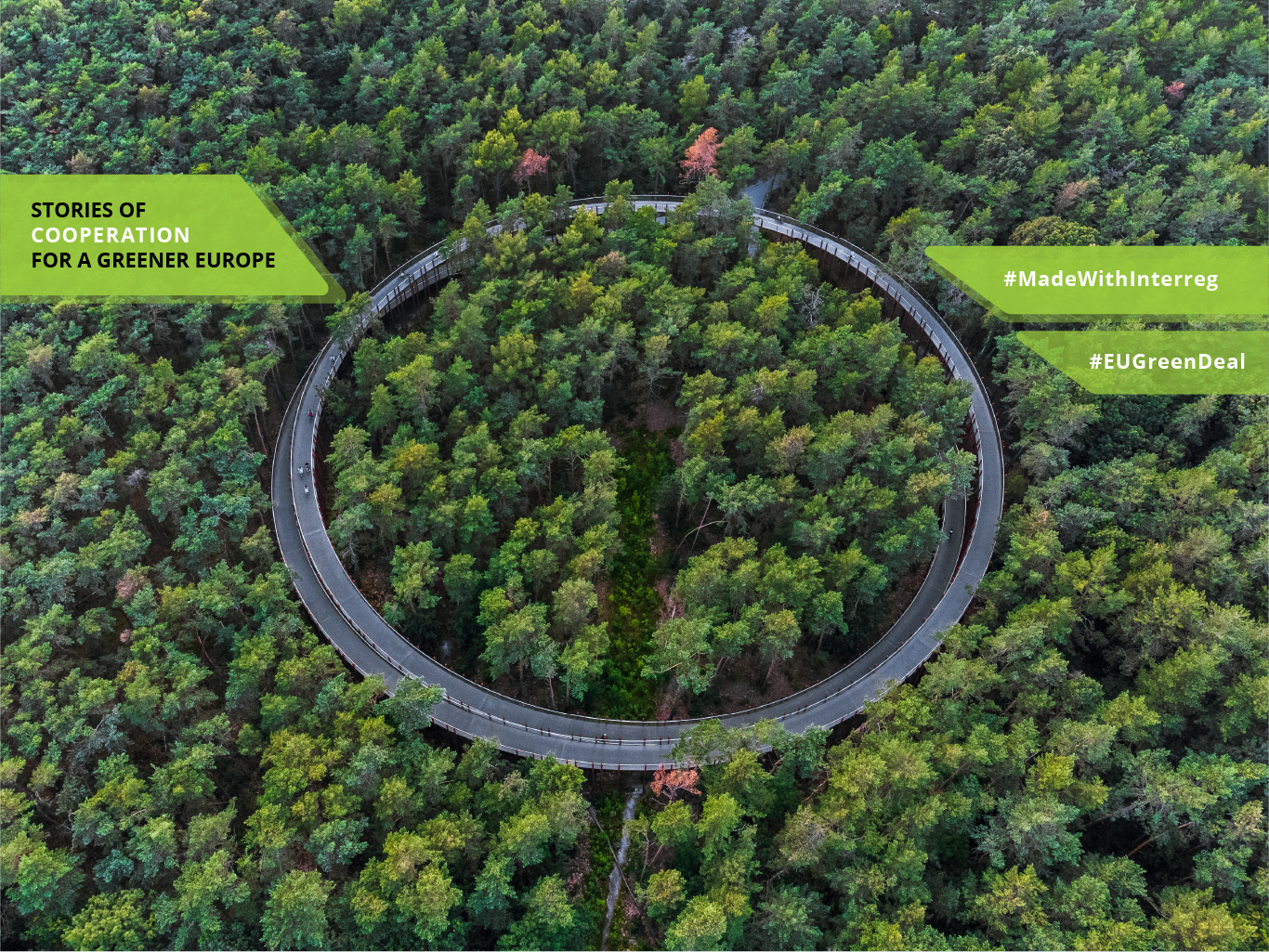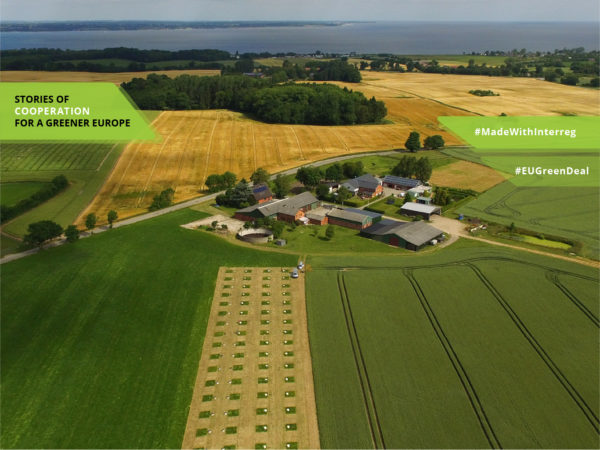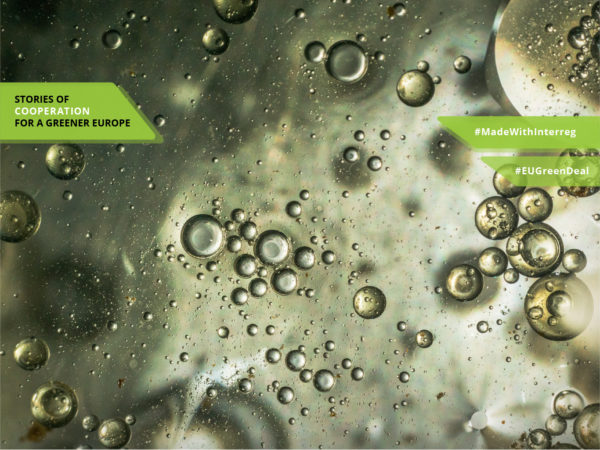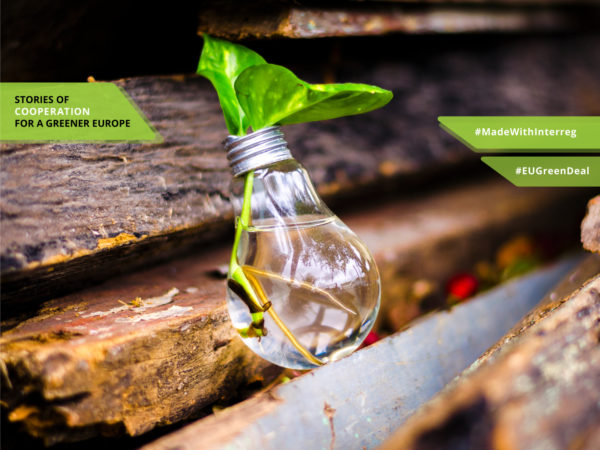Designing a circular future to green our economy
The circular economy is an approach to minimize the use of our resources. The idea is a very simple one – to bring items we generally consider waste back to our production system. Why such a pressure? By 29 July 2021, humanity had already used up all natural resources that earth can regenerate in one year. Put simply, we consume our planet’s resources way too rapidly to be sustainable.
The world of packaging plays a substantial role in this drama. In an increasingly globalized world, where goods travel far and wide, packaging matters and is the key to green our economies. Just think about the bread bags or food containers that combine paper and plastic that you just carried home from the supermarket. When we use multi-materials, we improve the safety and conservation of our products, but most often this packaging is not well suited for recycling. And when it is, it becomes rather expensive.
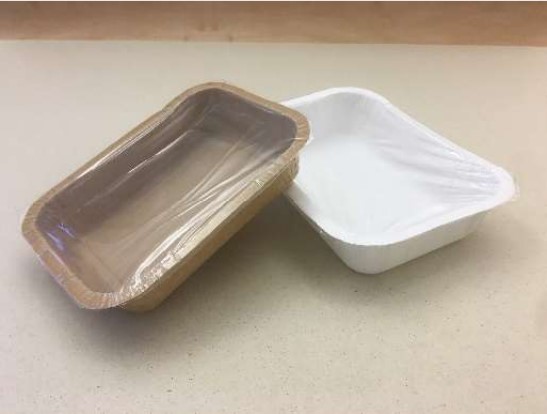
Packaging as a key sector
Andras Ugrin, from Hungary, runs a family business producing packaging. Thanks to their participation in the cooperation project BIOCOMPACK-CE, they work with research experts, other central European companies and environmental experts to test new approaches in the packaging sector. In their production line they test a combination of biodegradable plastic and paper making the input costs go down. And voilà, as a result you can enjoy your drink from a green cup that is recyclable but also “affordable”. In 2019, at Sziget music festival, they managed to convince some restaurants to use their cups and plates that were collected after use and could be recycled. While the technological and production expertise and know-how are already present in central Europe, the use of sustainable products lags behind. Andras explains how he perceives this transition: “If we want the retail to use more sustainable products, we need to convince them and make them aware of the benefits”.

To address the challenge, the BIOCOMPACK-CE project created the digital platform “Paper-Bio Pack”, where they offer their findings and learnings for introducing bio-degradable packaging materials. Information ranges from material sciences to legislation, certification and business adaptation. They also ran business support events and trainings to help companies discover business opportunities related to the world of new materials – and they were overwhelmed by the high interest, which vastly exceeded expectation.
Springboard to circularity
A shift towards more sustainable production and consumption patterns is an opportunity also for other sectors to reduce their environmental footprint and to meet the growing demands of their customers. But which springboard to use in order to get more circular, reduce waste and to increase the product’s lifespan? The answer lies in changing the design strategies of companies.
“Good design is serving the people, the economy and the environment at the same time,” says Jutta Brinkschulte from the International Design Center Berlin (IDZ). Advising companies on designing better products and services is her bread and butter. This naturally includes ecological design for all stages of the product life cycle. But it was teaming up with experts on circularity in the Interreg projects EcoDesign Circle and EcoDesign Circle 4.0 that enabled the center to widen up its circular offer.
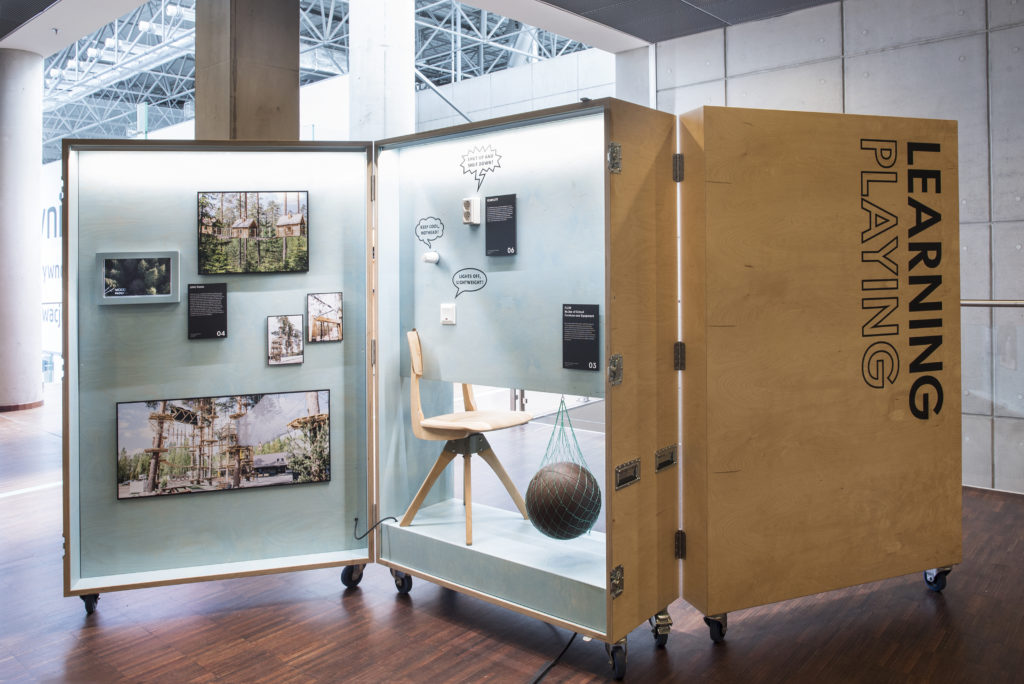
Towards new product-service systems
The interest in sustainable business models is high. It is relatively easy for start-ups and smaller companies to apply the new approaches. But what about bigger companies, often with open production lines, for whom it means a major transformation?
The challenge was accepted by a German furniture manufacturer, an Estonian manufacturer of watersports equipment, a Finnish real estate company and a Russian furniture manufacturer. All companies welcomed experts from design centers to create their roadmaps to more sustainable solutions and product-service models offering new services instead of new products. “We usually do not get that deep into the company’s work. The openness to host experts from other Baltic Sea region countries and to work together on the company’s circular approaches is what made it a particularly valuable experience,” says Jutta.
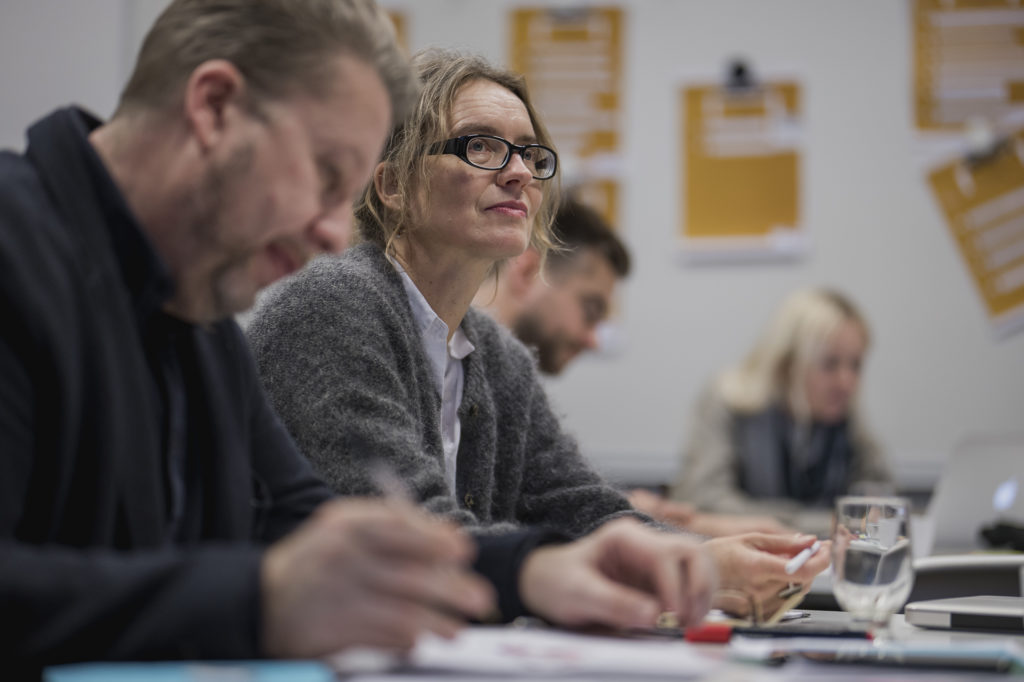
“The world got a bit bigger for me when I worked closely with the companies and see how things are done in other design centres in Finland or Estonia. That was the best part of this project. Now we will share this knowledge with our clients from several business sectors who are ready for a circular change,” she adds.
Today, all four companies have taken their own steps towards circular solutions. The Estonian company found a way to extend its products’ lifespan; the Russian company started a new production line of kitchen furniture, whereas the German company has explored the possibilities of a product pass to improve the reuse of their products.
Circular work in progress
These experiences, together with the hands-on project toolkit: Ecodesign Learning Factory and Audit-Sprint tools serve now as an inspiration for other companies, design centers and agencies around the Baltic Sea region to help them proceed with circular transformation.
Reading along the lines of the latest circular economy action plan developed under the European Green Deal and proven by just two successful examples from the Baltic Sea region and Central Europe, it seems there is no way back from this path indeed.
The authors
Dana Kascakova works as a Communication Manager at the Interreg CENTRAL EUROPE Programme.
Anna Galyga work as a Communication Officer at the Interreg Baltic Sea Region Programmme.
This article is part of a series on how transnational cooperation contributes to the EU Green Deal. Click here to see all stories.
